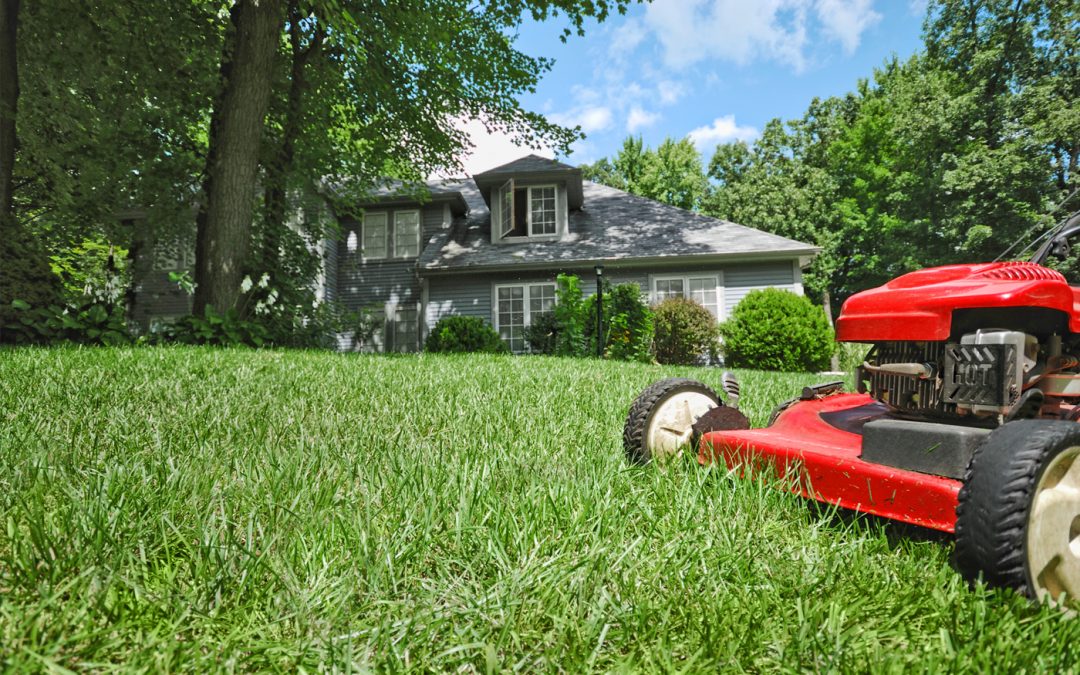Spring is around the corner and it is a great time to seed for a fuller, greener lawn. Although AAA Lawn Care does not offer this as a service, we are happy to walk you through the process. Choosing the right seed, properly seeding, and continuing to maintain new grass are all key to a successful, well established lawn.
Deciding What Areas to Seed
The first decision you will make is whether you want overseed an already established lawn or to seed some bare spots. This will not only determine how you seed, but also how much seed you will use. The general rule of thumb for overseeding with Kentucky Bluegrass, for example, is 1.5 to 2 pounds per 1,000 square feet. If you are unsure of your lawn size, please call AAA Lawn Care and we will be happy to tell you what your lawn measurement is.
Purchasing the Right Seed
Next, you will want to select the right seed for your lawn. The best way to do this is to determine what species of grass already thrive in your lawn and to purchase that seed type. In West Michigan, we typically see blends of rye grass, bluegrass, and fescue. It is a good idea to pay a little extra for a good, high-quality seed, as you will likely see better results than with a cheap grass seed.
The Seeding Process
The method for seeding often comes down to your personal preference. For smaller lawns, you may simply be able to overseed with a hand-spreader. Larger lawns may require a overseeder or slit seeder machine (which are often available for rent at hardware or rental stores). If you are seeding bare spots, you will want to ensure the seed is buried for optimal growth. If overseeding, you can simply spread the seed over the lawn, but you will see the best growth if the seed is buried, as well. Our preferred method is to overseed first, then aerate the lawn so that both the seed gets into the soil and the cores of soil pulled out can nourish seed on top of the lawn. After this, you can spread more seed onto the lawn and it will fall into the holes that were aerated.
Maintaining New Grass
Once seeding is completed, you will want to have a starter fertilizer used at your next application. AAA Lawn Care is happy to apply this for you in lieu of our standard fertilizer at no additional cost. You will also want to water your lawn regularly. Watering frequently for short periods of time is best, so your lawn can dry between each cycle. The only real drawback to seeding in the Spring is the upcoming hot summer months and watering well keeps your young grass healthy. But, if not properly maintained, the young grass can suffer through heat and dry spells. If you do lose any grass in the summer or if your lawn doesn’t get quite as thick as you hoped, you can overseed again in the fall.
Weed Control and Crabgrass Pre-Emergent
It is a good idea to let your AAA Lawn Care technician know if you plan on seeding. We are not only happy to give you seeding recommendations, but we also want to stay informed so we can ensure we do not apply anything to your lawn that could negatively impact new seed growth. For example, crabgrass pre-emergent (which is applied with your spring fertilizer application) often should not be applied if you have recently seeded or plan on seeding within 6-8 weeks. In general, it is also a good idea to wait until you’ve had a chance to mow new grass 2-3 times before applying and herbicides to weeds.
Please do not hesitate to call AAA Lawn Care at (888) 374-7336 if you have any questions about seeding or if you want to let us know that you plan on seeding this spring.

